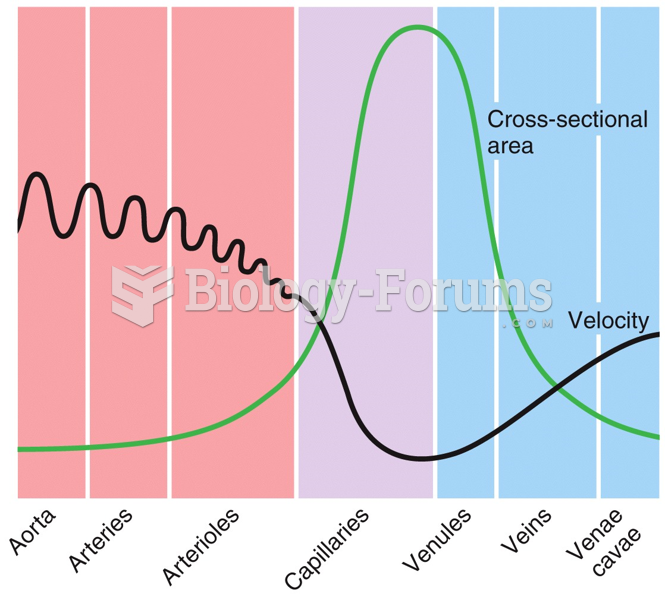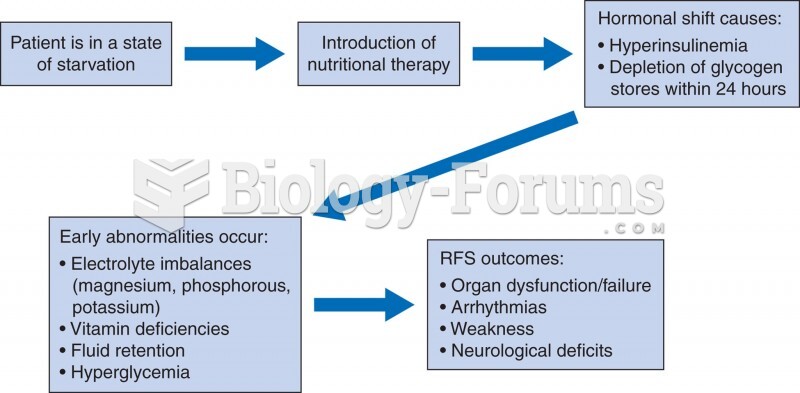This topic contains a solution. Click here to go to the answer
|
|
|
Did you know?
Between 1999 and 2012, American adults with high total cholesterol decreased from 18.3% to 12.9%
Did you know?
More than 4.4billion prescriptions were dispensed within the United States in 2016.
Did you know?
In 1864, the first barbiturate (barbituric acid) was synthesized.
Did you know?
If you could remove all of your skin, it would weigh up to 5 pounds.
Did you know?
Nearly all drugs pass into human breast milk. How often a drug is taken influences the amount of drug that will pass into the milk. Medications taken 30 to 60 minutes before breastfeeding are likely to be at peak blood levels when the baby is nursing.







